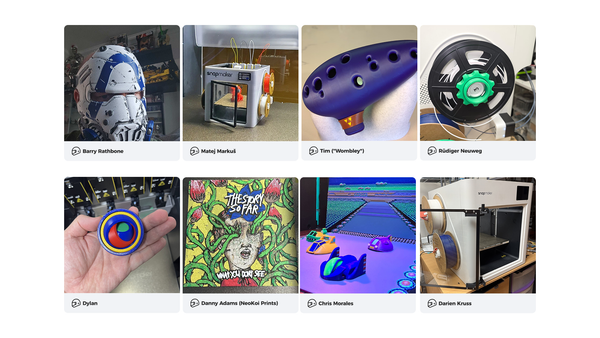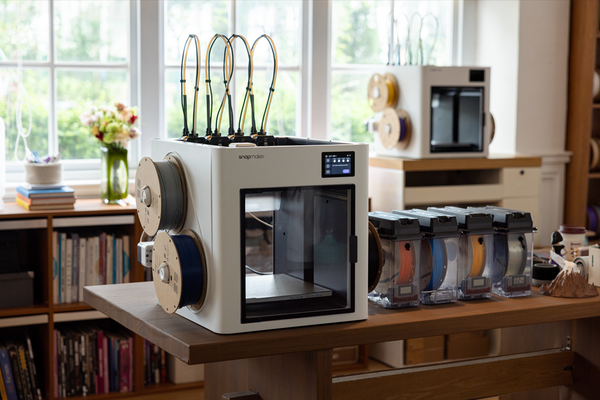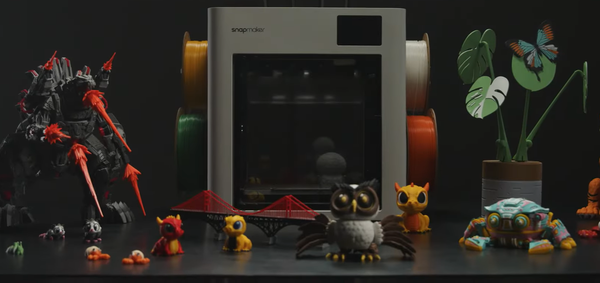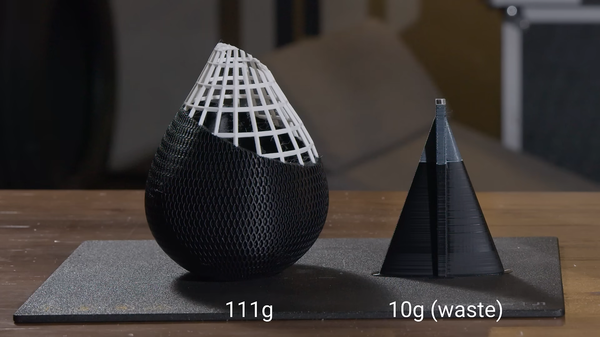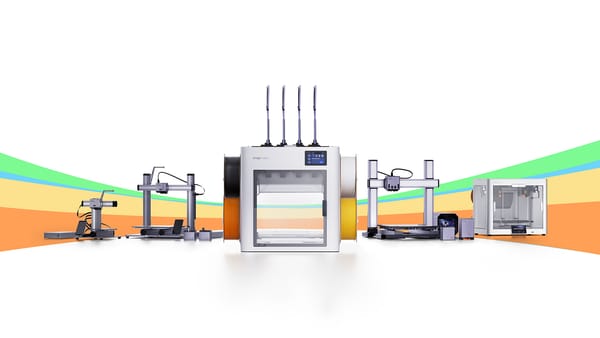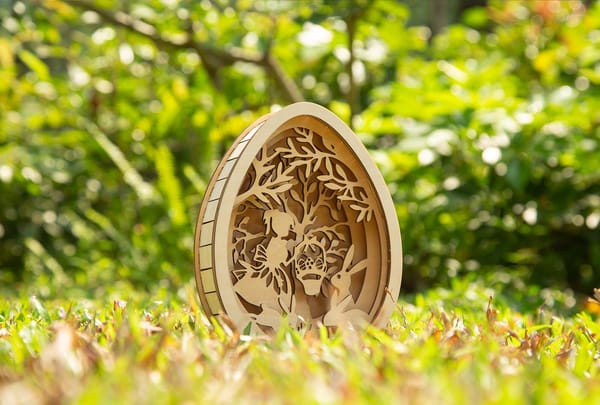
Guides
Electroplating 3D Prints: The Beginner’s Guide to the Science and Process
In the world of 3D printing, few finishes are as captivating as real metal. You’ve likely scrolled through social media and seen 3D printed busts that look like solid antique bronze, or mechanical parts with the gleaming shine of chrome. This isn't just metallic paint. It is




